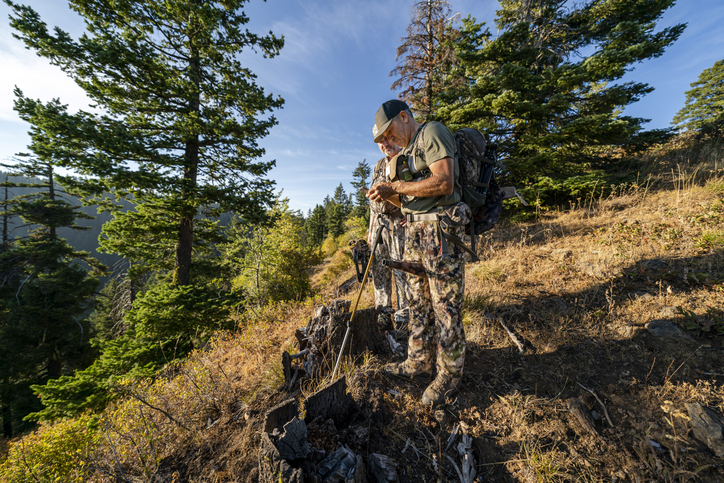Hunting big game like elk, moose, and other large animals is a challenging and rewarding pursuit that requires skill, patience, and preparation. Whether you’re a seasoned hunter or new to the sport, understanding the behavior of these majestic creatures and employing the right strategies can significantly increase your success rate. In this article, we’ll explore essential tips for hunting big game, focusing on elk and moose, to help hunters approach their next expedition with confidence and respect for the wilderness.
Understanding Your Prey
Study Habits and Habitat
- Behavioral Patterns: Learn about the feeding, bedding, and watering habits of the game you’re pursuing.
- Habitat Preferences: Each species has specific habitat preferences. Understanding these can help pinpoint likely locations.
Scouting and Tracking
The Art of Locating Game
- Pre-Season Scouting: Spend time in the field before the season starts to locate herds and understand their movements.
- Tracking Skills: Learn to read signs like tracks, droppings, and rubs to track your game effectively.
Perfecting Your Shot
Honing Marksmanship
- Practice Shooting: Regularly practice long-range shooting as big game is often hunted at greater distances.
- Weapon Choice: Choose a suitable rifle or bow for big game hunting. High-caliber rifles are often preferred for their stopping power.
The Right Equipment
Gear Up for Success
- Camouflage and Scent Control: Use appropriate camouflage and scent control measures to blend into the environment and go undetected.
- Optics: Invest in quality binoculars or a spotting scope for long-distance scouting.
Patience and Perseverance
The Hunter’s Virtue
- Patience: Big game hunting often involves long periods of waiting and watching.
- Persistence: Be prepared to track animals over long distances and rough terrain.
Silent Movement
Stealthy Approach
- Noise Reduction: Move quietly and cautiously. Big game animals are very sensitive to noise.
- Wind Direction: Always be aware of the wind direction to avoid your scent alerting the animals.
Calling and Decoys
Luring the Game
- Calls: Use calls specific to the animal you’re hunting. Elk are particularly responsive to calls during the rut.
- Decoys: In some cases, decoys can be effective, especially for animals like moose.
Ethical Hunting Practices
Respect for Wildlife
- Fair Chase: Follow the principles of fair chase. Respect the animal and the environment.
- Legal Compliance: Always adhere to local hunting laws and regulations, including tag and permit requirements.
Safety First
Prioritizing Well-being
- Hunter Safety Course: Especially for new hunters, complete a hunter safety course.
- Emergency Preparedness: Carry a first aid kit, a map, a compass or GPS device, and let someone know your hunting plan.
After the Hunt
Responsible Harvesting
- Field Dressing: Know how to properly field dress your game to preserve the meat.
- Pack Out What You Pack In: Practice Leave No Trace principles, ensuring you leave the wilderness as undisturbed as possible.
Pursuing big game like elk and moose is an exciting and immersive experience that connects hunters with the natural world. By applying these tips and continually honing your skills, you can enhance your chances of a successful and ethical hunt. Remember, successful hunting is as much about the journey and connection with nature as it is about the harvest. Happy and responsible hunting!


Comments are closed.